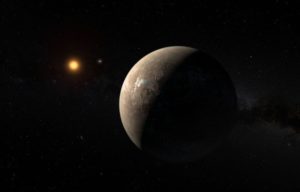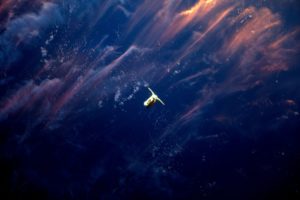This map right here is the largest map ever created to be representing the universe. Each dot represents 1.2 million galaxies. This is just a fraction of the entire map:

Daniel Eisenstein told Popular Science( my favorite magazine) this:
“This is one slice through the map of the large-scale structure of the Universe from the Sloan Digital Sky Survey and its Baryon Oscillation Spectroscopic Survey. Each dot in this picture indicates the position of a galaxy 6 billion years into the past. The image covers about 1/20th of the sky, a slice of the Universe 6 billion light-years wide, 4.5 billion light-years high, and 500 million light-years thick. Color indicates distance from Earth, ranging from yellow on the near side of the slice to purple on the far side. Galaxies are highly clustered, revealing super clusters and voids whose presence is seeded in the first fraction of a second after the Big Bang. This image contains 48,741 galaxies, about 3% of the full survey data set. Grey patches are small regions without survey data.”
Scientists and astronomers have been studying a nearby star, that is being orbited by the exoplanet Proxima B, a planet that is thought to be rocky and roughly, earth-sized. Currently orbiting it’s star in a habitable zone. It is 25 trillion miles away(how convenient) and is told to have a legitimately not to hot or not to cold. Theoretically to have a tolerable environment for streams, oceans, and rivers to be formed. But there are some things we still don’t know. And those multiple key informational strategic data and statistics are what we need to find out more about the planet in order for us to take the next step in aeronautics history.
For example, scientists, astronomers, and researchers are still filling in the blanks about whether or not the atmosphere can be habitability for water, and maybe environmental colonizing. Aka, living organisms. Scientists are still considering the choice of believing that there are abiotic life forms as well as biotic ones. But they have found that like Mercury it has and orbital eccentricity. Basically it means that if it spins three times on it’s axis for every two times it revolves around the star it orbits, it can possibly support the forming of water.
This is an artists impression of the exoplanet Proxima B:

The planet is located 4.2 light years away from our planet. I know, i know, it does and IS actually of lot if you calculate it. But do you remember when I wrote about the(incredible) movie, Passengers? The passengers were put to sleep for two hundred years. PUT TO SLEEP. Not the kind they do with animals. But it’s basically hibernation. For very very domesticated mammals. Scientists( it’s kinda funny to refer to myself as a female human being now that I had just referred to myself as a “very very domesticated mammal”) are considering that idea, but it’s way more complex then that. But those engineers, scientists, abiotic and biotech researchers, everyone who takes part in these things are diligent, they have been studying for this. I doubt that they will fail to find enough information to help them with this.

Believe in the impossible.

Good kanmani
Thank you Krishna Sithappa. I am so happy to you are reading. –